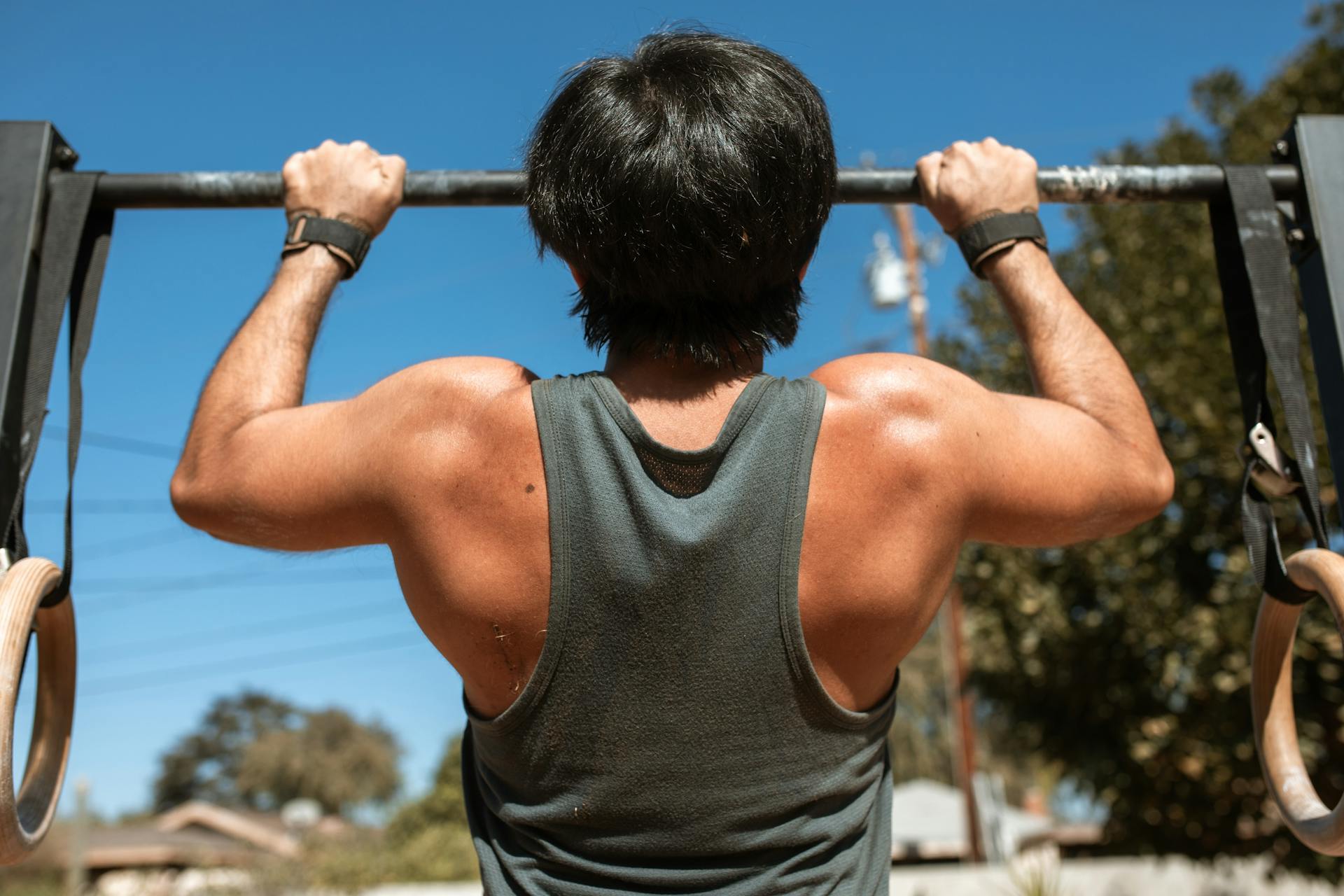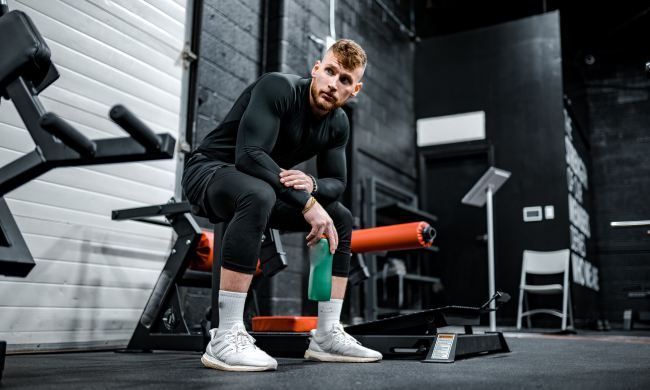
You use your pulling muscles regularly when you pull open the door and pull the bed sheets over the mattress and maybe when you pull some furniture around here and there. Adding a pull-day workout helps you boost your muscle size and strength in your major upper body muscles. From the old-fashioned pull-ups to the well-known deadlift, we’ve listed the best pull-day exercises to add to your routine.
What is a pull-day workout?

A pull-day workout focuses on specific exercises that work your pulling muscles, such as your lats, lower back, biceps, grip, traps, and rear deltoids. Strengthening your lower back is also especially important for everyday activities.
You use these pulling muscles when you pull yourself toward an object or pull an object toward you. Think isolation exercises like bicep curls and compound pulling exercises like deadlifts and lat pulldowns.
1. Lat pulldowns

As you can guess by the name, lat pulldowns involve using your pulling muscles to pull the bar or cables down. Lat pulldowns work your lats, biceps, rear deltoids, shoulders, and grip. Using a cable machine, you can perform lat pulldowns either seated or standing up.
How to perform lat pulldowns:
- From a seated position, grip the bar with a wide overhand grip (slightly wider than shoulders-distance apart).
- Keep your chest up and pull the bar down towards your chest.
- You should feel your shoulder blades squeezing together as the bar reaches your chest.
- Slowly release the bar back up.
- Repeat for your desired number of reps.
2. Bicep curl

The bicep or barbell curl is another classic isolation exercise that enhances arm muscle strength and size. It also works some of your pulling muscles as you pull the weight or bar up. You can perform bicep curls standing or sitting upright with dumbbells or a barbell. While most people focus on weights, it’s best to focus on maintaining the proper form for this movement.
How to perform bicep curls:
- Hold the barbell or dumbbells in your hands with an underhand grip.
- Bend your arms at the elbows and curl the weights up as far as your elbows will go.
- Lower the weights back down to the starting position.
- Repeat for your desired number of reps.
3. Bent-over dumbbell flies

Bent-over dumbbell flies are an excellent chest-opener exercise for reducing upper-body tightness and improving shoulder strength and mobility. This movement works your chest, shoulders, triceps, and rear deltoids — secondary muscles that also assist with pulling.
You perform bent-over dumbbell flies standing up and bending forward. Consider using lighter weights for this exercise to help you get a full range of motion without overextending and risking injury.
How to perform bent-over dumbbell flies:
- From a standing position, bend forward and hold one dumbbell in each hand.
- Extend and lift your arms out to the sides, and avoid bending your elbows.
- You should feel your shoulder blades squeeze and your chest expand.
- Lower your arms back to your sides to return to the starting position.
- Repeat for your desired number of reps.
4. Face pull

Face pulls are a simple yet highly effective pulling exercise for boosting upper back and shoulder strength. This movement also works your rotator cuffs, rear deltoids, and upper parts of your trapezius. Face pulls, or cable pulls, usually involve a cable machine, but you can also perform them with resistance bands.
How to perform face pulls:
- Fasten the rope handle on the cable pulley machine slightly higher than your head.
- Take a step or two back and grip the ropes with an overhand grip.
- Keep your elbows up high and pull the rope towards your face. (Rotate your arms so your arms come up as you get close to your head.)
- The goal is to pull the rope handle until your hands are on either side of your head at the end of the movement.
- Carefully return the rope to the starting position.
- Repeat for your desired number of reps.
5. Pull-ups

Pull-ups are a pulling movement popular among powerlifters that works all of your main back muscles. You can add resistance bands as a counterweight to your body weight if you need assistance performing pull-ups.
How to perform pull-ups:
- Grip the pull-up bar with your hands shoulder-distance apart.
- Pull your entire body up to the bar until your chin is level with or just over the bar.
- Lower yourself back down with control until you reach the starting position.
- Repeat for your desired number of reps.
6. Deadlift

Even those who aren’t gym enthusiasts will recognize the deadlift because it’s one of the most popular and advanced weightlifting exercises. You use your pulling muscles to lift the bar up. The deadlift is a classic compound exercise that engages your legs, knees, ankles, hips, back, shoulders, and wrists.
How to perform deadlifts:
- Stand with your feet about hips-distance apart and with the bar over the middle of your feet.
- Lean forward and grip the bar with an overhand grip.
- Try to make sure your shoulders are pulled back and your arms are straight.
- Brace your core and lift the bar.
- Pull the bar up close to your body until you’re standing straight.
- Carefully lower the bar down to the ground.
- Repeat for your desired number of reps (be careful not to overdo it, as the deadlift is a fatiguing exercise).



